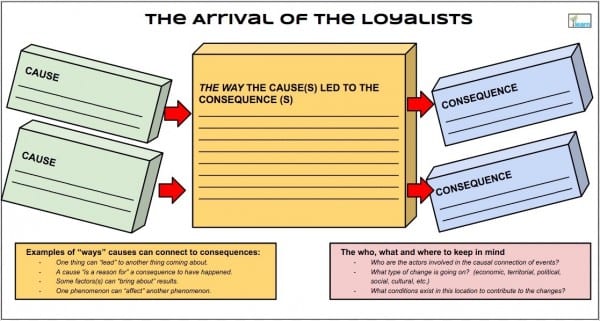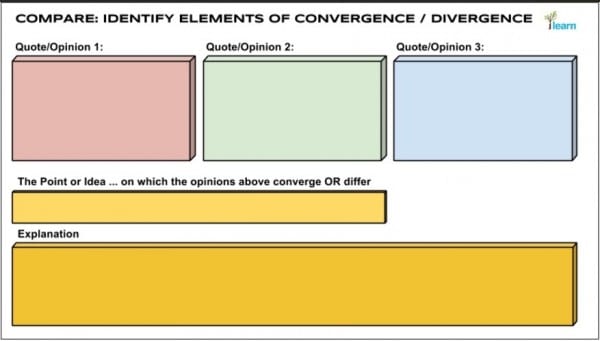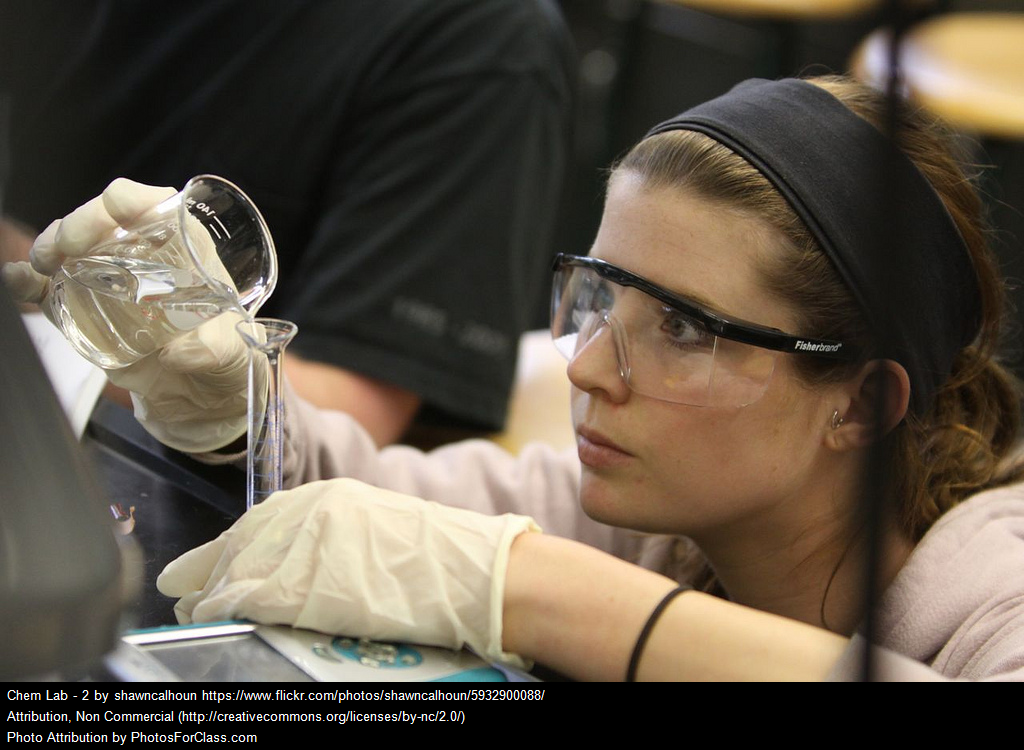In my previous post, I’d discussed the flipped classroom and how I’ve structured my classroom. One of the benefits that I’ve found with the flipped approach, has been the interactions that I’ve been able to have with my students. It has also freed up time for formative assessments.
In this post I’d like to discuss how I plan for formative assessments, the “feedback street” that I think that I’ve created with my students and some tips on formative feedback for a couple of intellectual operations (historical thinking) in history.
Usually assessment and evaluation is a binary framework: formative assesses material during the process of learning, while summative evaluates after learning has occurred. This framework also supposes that assessment and evaluation is formal; that is the tasks are specifically constructed for the purpose of either formative or summative assessment. Certainly this is the case when teachers join together to align their planning and construct assessment tasks together in common formative assessments. While there is nothing wrong with this, and we certainly practice common planning, and plan for common assessments here at D’Arcy McGee in the history department, I think that there is distinction between planned formal formative assessments and planned informal formative assessments.
For formal formative assessment, we use quizzes. We design the quizzes to be short, and based on the main content or skills that we want the students to know. In secondary IV we’ve been using the quizzes as a pre-assessment, a pre-test assessment and finally we include those skills and content in the unit tests. The marks for the quizzes are not marked, but rather they inform us about the progress that the students are making and they inform the students about what skills and content we are valuing for our larger tests. This is the “feedback street” as I like to think about it. I use the street metaphor because the feedback is flowing in both directions: from teacher to student and from student to teacher.
The feedback street includes planned formal assessments and also some other components. First, it begins with the learning intentions and success criteria that informs the student as what the goals of the unit and lesson are. Then, and what I think most importantly, it comes down to what feedback is given to the students as they are working through the learning activities, and correspondingly what they are telling us about the learning that they are doing.
There are many factors involved in the feedback that we give to our students: what the objectives of the activity are, what errors or misconceptions that the student has. Feedback above all has to be timely, related to the objectives of the task and individualized to the particular student. Ultimately the goal of feedback is to drive learning forward. However, given what I’ve just written, I’m going to try to propose a method for feedback that uses a synthesis of some common student mistakes that I see with some of the intellectual operations, which is the Quebec curriculum’s conception of historical thinking, and some of the feedback that I typically give in response to the student’s hitting a roadblock.
When I’m giving feedback I’m trying to: diagnose what the problem is, clarify for the student and prompt them to come up with the solution.
One of the intellectual operations is “Identifying a point of convergence or divergence” – the most common error that I see in this intellectual operation is that students do not identify the exact point, but rather list the different points of view. One common point of feedback that I give is that I begin by acknowledging that they are almost at the correct answer, but then I’m seeking to diagnose the issue. Do they understand the task? I try to always use the terminology that we expect the students to use. In this case, maybe the student doesn’t know what “divergence” means. By asking questions I can find out from the student what their issue is. Then to clarify, I might ask them them to think about the information in a different way: If you were writing a headline covering a debate between the two, what would that say? Or I might give an example in another context, “If you said that Sidney Crosby was the best hockey player of all time and I said it was Wayne Gretzky then what is the point of divergence between our points of view?” I find that in this context, these questions often will lead the student towards the correct answer.
 Source: http://bit.ly/LEARN-SocSci-IOs
Source: http://bit.ly/LEARN-SocSci-IOs
“Establishing Causal Connections” is an intellectual operation is very cognitively challenging. Students must have background knowledge about the time period that contextualizes the question, the three elements provided and then determine how they link together in a causal chain. So once again, I’m seeking to diagnose: What can you tell me about this time period? What do you think this is about? If I can get some of the basic answers down, then I can move along to causality. If my diagnosis has turned up that they know the end result and ask them to work backwards from there. If they are missing the middle element I might ask what a consequence of the first element is? Or, just like with the identifying a point of convergence or divergence I might ask them to think about how causality is created by presenting them a scenario: Explain how your dog ate your homework. In your explanation you must link these three items: Your history homework, the state of your backpack, your dog. Then I usually get a very creative causal narrative about how the dog ate the homework. So I follow up: Explain then how this historical event was created using these three elements.
These are just two examples, but ones that I find that students struggle with. The feedback that they have given back to me is that these are difficult thinking processes and I, in return, try to give them feedback, that is timely and leads them towards the correct answer. Does it always work? No. But, by practicing and continuing back and forth up and down the feedback street, I do see progress in their thinking. What are some of the challenges and successes that you’ve had in giving and receiving feedback from students?
*****
References:
“Ask a Colleague – Formative Assessment” Social Education Jan/Feb 2016.







